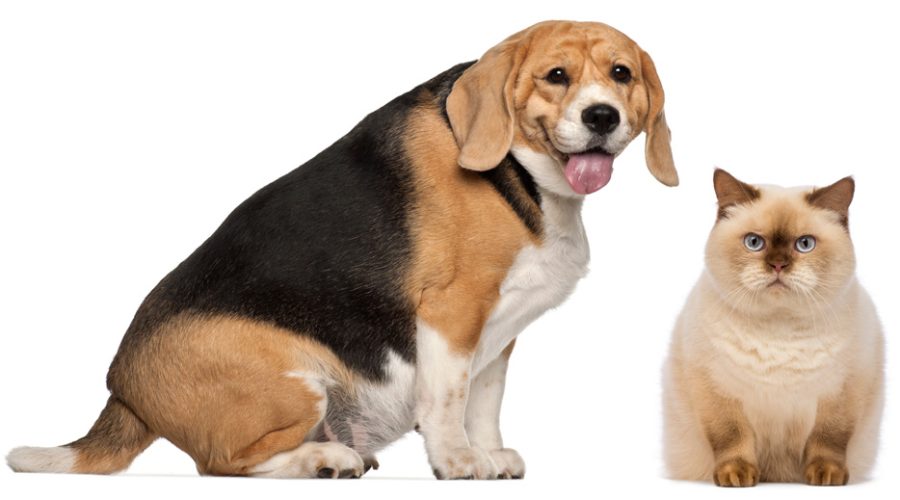Understanding and preventing pet obesity
Obesity is a growing problem not just in humans, but in our furry companions as well. According to the Pet Food Industry, around 45% of dogs and 58% of cats in Australia are overweight or obese. This can lead to a host of health problems such as joint pain, diabetes, and even a shorter lifespan.
But how do you know if your pet is overweight? A good way to check is by feeling their ribcage. You should be able to feel their ribs without having to press too hard, and there should be a visible waistline when viewed from above. If you’re unsure, you can always consult with your vet for a professional opinion.
So, what causes pet obesity? Just like with humans, it’s usually a combination of overeating and lack of exercise. Many pet owners fall into the trap of overfeeding their pets, whether it be through constant snacking or giving in to those pleading puppy-dog eyes at dinnertime. Additionally, many pets lead sedentary lifestyles, with little opportunity for exercise and physical activity.
Preventing pet obesity starts with proper portion control. You should be feeding your pet the appropriate amount based on their weight, age, and activity level. Consult with your vet or do research to find out the recommended serving size for your pet’s specific needs.
In addition to portion control, regular exercise is crucial for maintaining a healthy weight. This can include daily walks, playing fetch in the backyard, or even enrolling in a pet training class. The key is to find an activity that you and your pet enjoy and make it a regular part of your routine.
Another important aspect to preventing pet obesity is to make sure your pet is getting the right type of food. Many pet foods are high in calories and low in nutrients, so it’s important to read the labels and choose a food that is appropriate for your pet’s needs. Switching to a lower calorie, high-protein diet can make a big difference in helping your pet lose weight.
It’s also important to note that some pets may be predisposed to obesity due to certain medical conditions or genetic factors. In these cases, it’s especially important to work closely with your vet to develop a weight loss plan that is safe and effective for your pet.
Obesity is a serious problem that can have serious consequences for your pet’s health. By following these tips, you can help your furry companion maintain a healthy weight and live a happy, active life. Remember, it’s never too late to start making changes to your pet’s diet and exercise routine. With your help, they can reach their ideal weight and live a long, healthy life.

